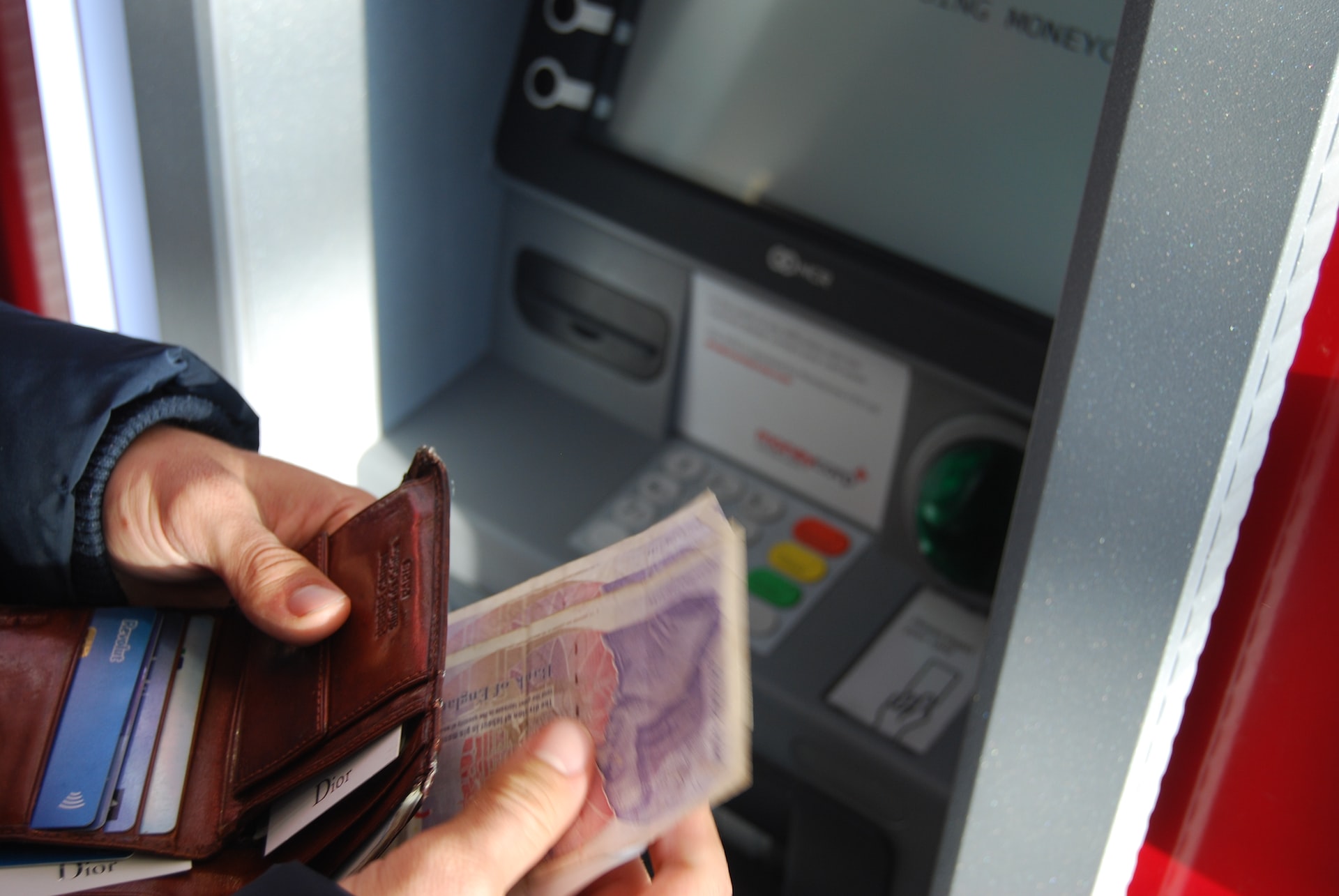Your debit card has been upgraded for those of you who prefer mobile wallets and touch-to-pay methods. Cardless automated teller machines (ATMs) allow customers to withdraw cash without physically showing a debit card, allowing them to travel lightly without worrying about the need for cash on the occasion that they forget their wallet at home. In the case that your mobile device is lost or stolen, your money is still safe with cardless ATMs because they include extra security protections but how to withdraw money cardless in Malaysia?
What Is Cardless ATM Access?
Cardless automated teller machines provide you the ability to withdraw cash and do other transactions without requiring you to swipe or enter your debit card into a card reader. These ATMs do not require a card since they make use of various forms of technology (which will be discussed in further detail below) to link a mobile application on your phone to the ATM. After you have finished additional security measures, you will be able to use the ATM in the same way that you would if you had inserted a card once you have completed these processes.
How Does Cardless ATM Access Work?
Cardless ATMs utilize a number of different technologies to transmit the data stored on your digital debit card directly to the ATM:
QR Code
Similar to barcodes, QR (Quick Response) codes can be read by the camera on a mobile device. QR codes, on the other hand, are more intricately designed, which allows them to convey more information than barcodes.
To use a cardless ATM that supports QR code technology, simply take a picture of your card and the ATM will create a QR code and display it on the screen. Your mobile banking app will then be used to scan the code and confirm your identification. After the scan, the mobile banking app will verify your identity and allow you to complete the transaction. Among the financial institutions that employ cardless ATMs that utilize QR code technology is BMO Harris Bank.
Near-Field Communication (NFC)
NFC stands for “near-field communication,” a technology that enables short-range wireless data transmission by simply holding up a mobile device to a receiver. You are an experienced user of NFC technology if you have ever used a tap-to-pay system like Android Pay, Apple Pay, Samsung Pay, or even a credit card with an NFC chip.
To use a cardless ATM that supports Near Field Communication (NFC), you must present your mobile device with an active mobile wallet or banking app to the ATM’s NFC receiver. You can use the ATM just like you would if you had inserted your debit card once the machine confirms it has received your information.

Verification Code
Similar to two-factor authentication, verification codes increase the safety of online transactions. Cardless ATMs equipped with verification code technology will need you to rely on your mobile banking app for the majority of your transaction.
Once inside the banking app, you’ll need to sign in and select the type of transaction you wish to complete (including deposits, withdrawals, and other banking functions). You’ll need to enter your PIN and a one-time verification code generated by the app at the ATM. After a transaction is completed, the verification code is no longer valid and will often be invalid within 30 minutes.
Biometric Verification
A biometric authentication device is one that checks your biometric information (such as your face, fingerprints, eyes, or palm print) to confirm your identity. You are already using biometric verification if your phone or computer can be unlocked with a fingerprint or facial recognition.
If your bank supports biometrics, you’ll be able to provide the needed information by scanning your fingerprint or other identifying characteristics and submitting it to the bank. Next, a biometrically verified cardless ATM will scan your fingerprint, iris, face, or palm print and compare it to your personal information on file. To protect your money and account information, it first verifies your identification.

